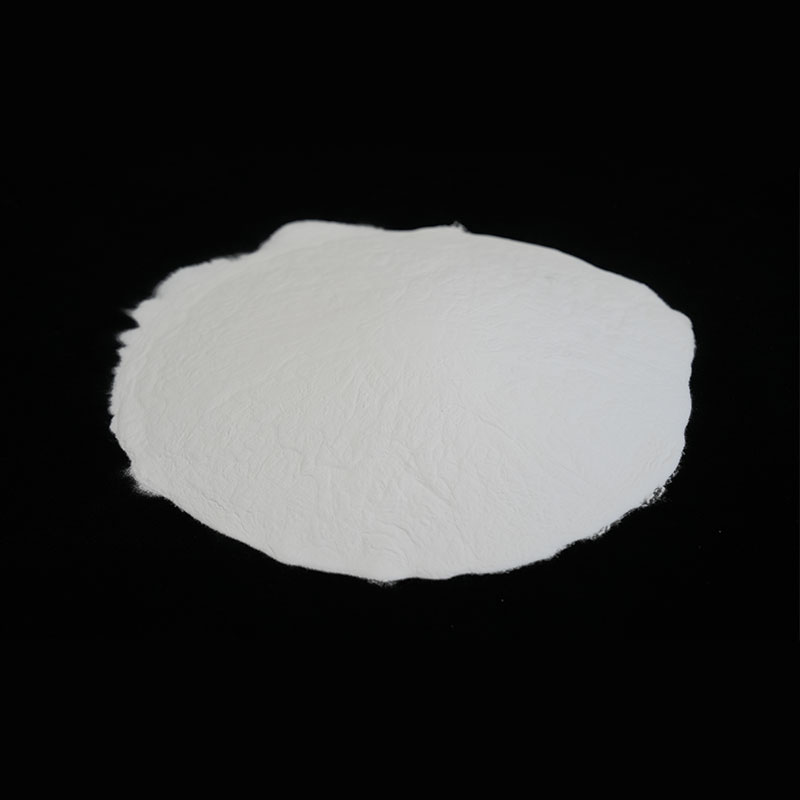Recent advancements in ceramic alloy powder technology have paved the way for groundbreaking innovations in material science. Researchers and engineers are continuously exploring new compositions, manufacturing techniques, and applications to unlock the full potential of these versatile materials.
Nanotechnology Integration
One of the most significant developments in this field is the incorporation of nanotechnology. Nano-sized ceramic particles can be uniformly dispersed within a metallic matrix to create ultrafine-grained structures. This results in enhanced mechanical properties, such as increased hardness, improved fracture toughness, and superior wear resistance. For example, nanostructured alumina-titanium composites have demonstrated remarkable performance in cutting-edge applications like microelectronics and precision machining.
Moreover, nanoceramic alloy powders enable the fabrication of thin films and coatings with tailored functionalities. These coatings can provide corrosion resistance, thermal insulation, or electrical conductivity, depending on the specific requirements of the application. Such versatility makes them indispensable in industries ranging from electronics to energy production.
Additive Manufacturing Compatibility
Another transformative innovation is the compatibility of ceramic alloy powders with additive manufacturing (AM) processes, commonly known as 3D printing. AM allows for the precise layer-by-layer construction of complex geometries, which was previously challenging with traditional manufacturing methods. By using ceramic alloy powders as feedstock, manufacturers can produce intricate parts with customized properties, reducing material waste and production time.

Selective laser melting (SLM) and binder jetting are two popular AM techniques employed with ceramic alloy powders. These methods enable the creation of components with near-net shapes, eliminating the need for extensive post-processing. Industries such as healthcare, defense, and renewable energy are leveraging this technology to develop lightweight, high-performance parts that were once considered impractical to manufacture.
Sustainable Solutions
Sustainability is a growing concern in modern manufacturing, and ceramic alloy powders offer promising solutions. By optimizing the composition and processing parameters, researchers are developing eco-friendly alternatives to conventional materials. For instance, recycling scrap metal into ceramic alloy powders reduces raw material consumption and minimizes environmental impact. Furthermore, the durability and longevity of ceramic alloy-based products contribute to resource conservation over their lifecycle.
Innovative companies are also exploring bio-based binders and green synthesis routes to reduce the carbon footprint associated with powder production. These efforts align with global initiatives to promote sustainable practices and address climate change challenges.


 English
English русский
русский عربى
عربى

















